The Tijuana River Estuary and the challenges of binational coastal management
By Rachel Ruggera
When asked to describe the Tijuana River Estuary in one word, our guide and expert on the area called it “resilient.” As the last intact estuary in Southern California, the Tijuana River Estuary is home to many endangered species of birds and plant life.
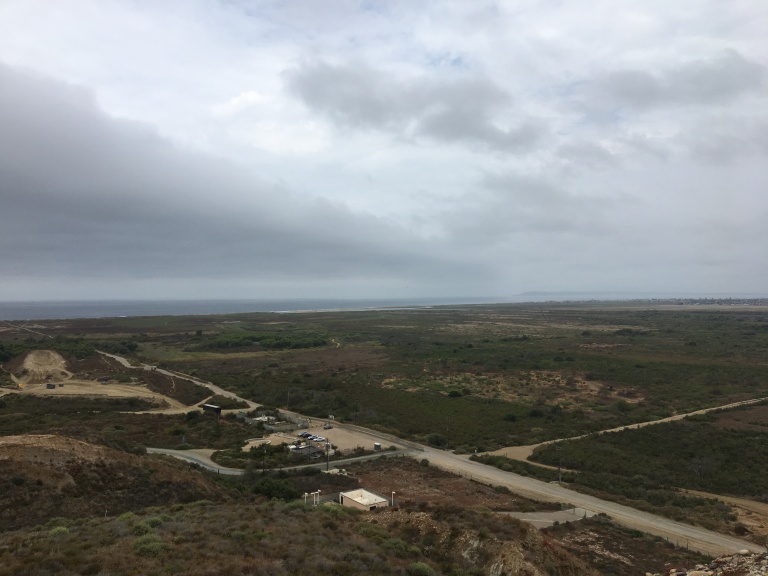
This coastal habitat has survived through changing environments and years of different political views about the border. It survived as a healthy ecosystem even when the park was short on funding or when a large barrier wall was built down the middle. After escaping being developed like Mission Bay and other recreational beaches, the estuary continues to remain a natural habitat for hundreds of animals.
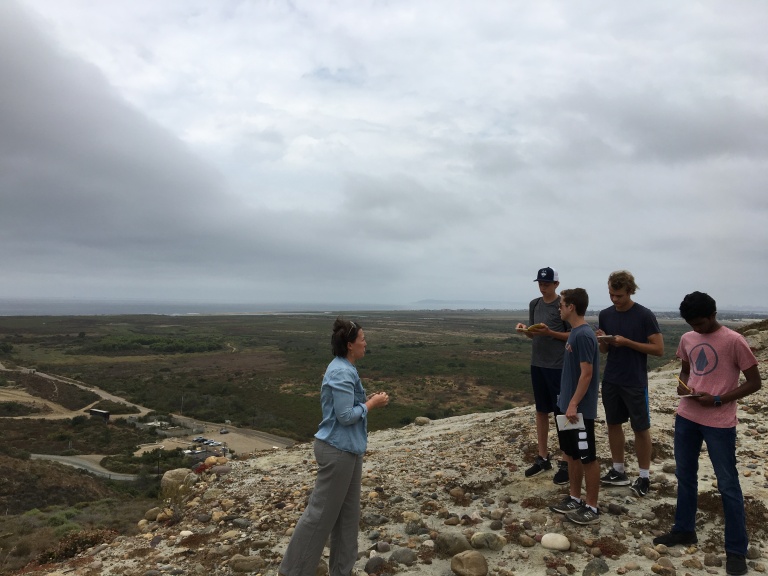
An estuary is the wide mouth of a river where fresh water meets the ocean. Runoff, rain, and the river all collect in this watershed like water in a bathtub which must eventually flow into the drain or in this case, the ocean. When sediment and debris gather near the end of the river, this threatens to flood the habitat and clog up the system. Rangers and volunteers work at the source of most of this debris in Mexican communities to reduce the amount of trash gathering in the estuary and change wasteful habits. They intercept trash with crescent-shaped basins and trash boons to catch debris before it can flow out to sea.
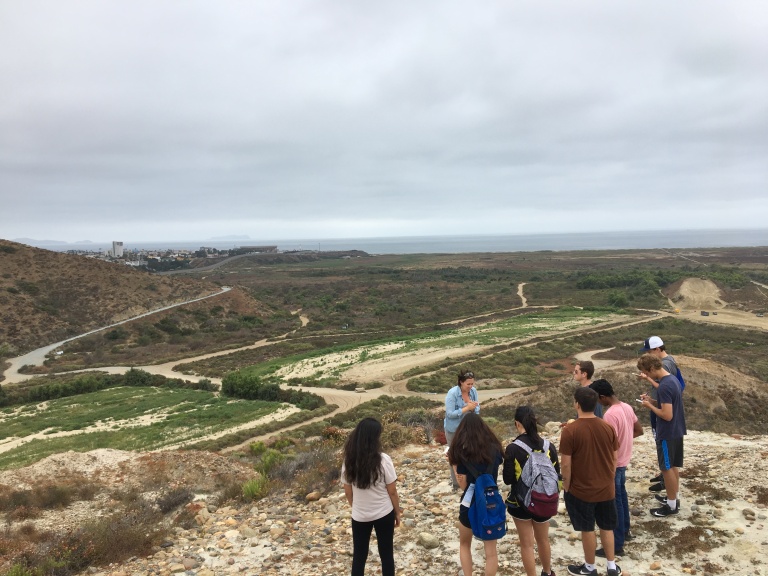
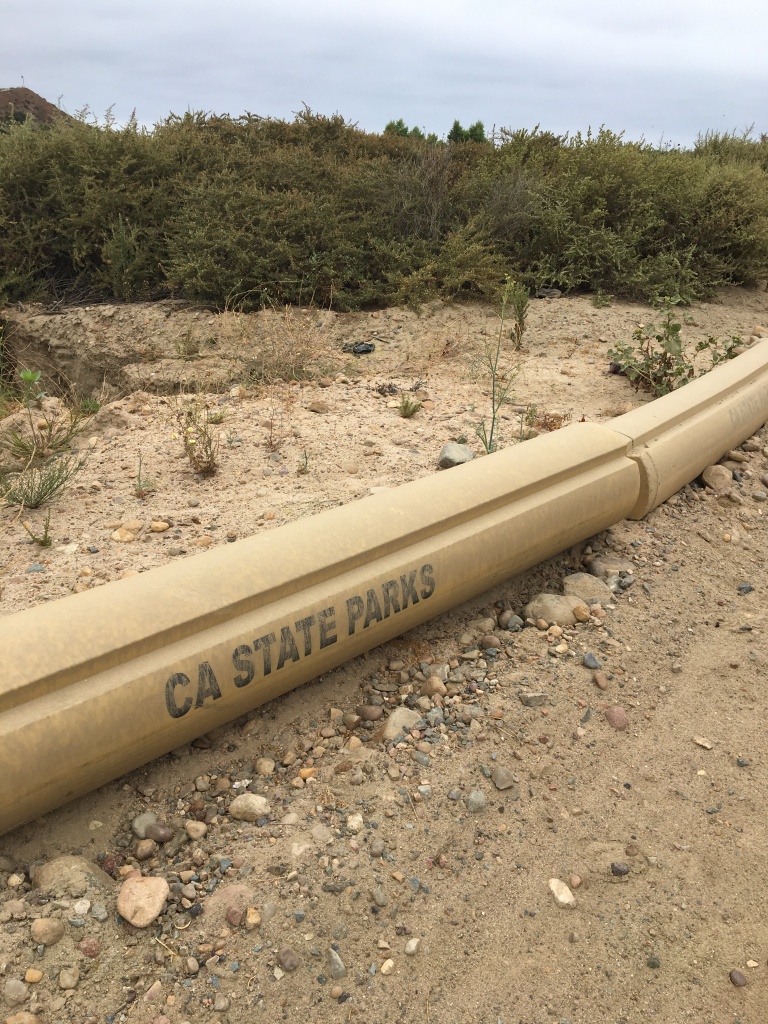
Sixty thousand cubic meters of sediment are removed from these basins each year and taken to landfills or more sustainably to nearby construction projects.
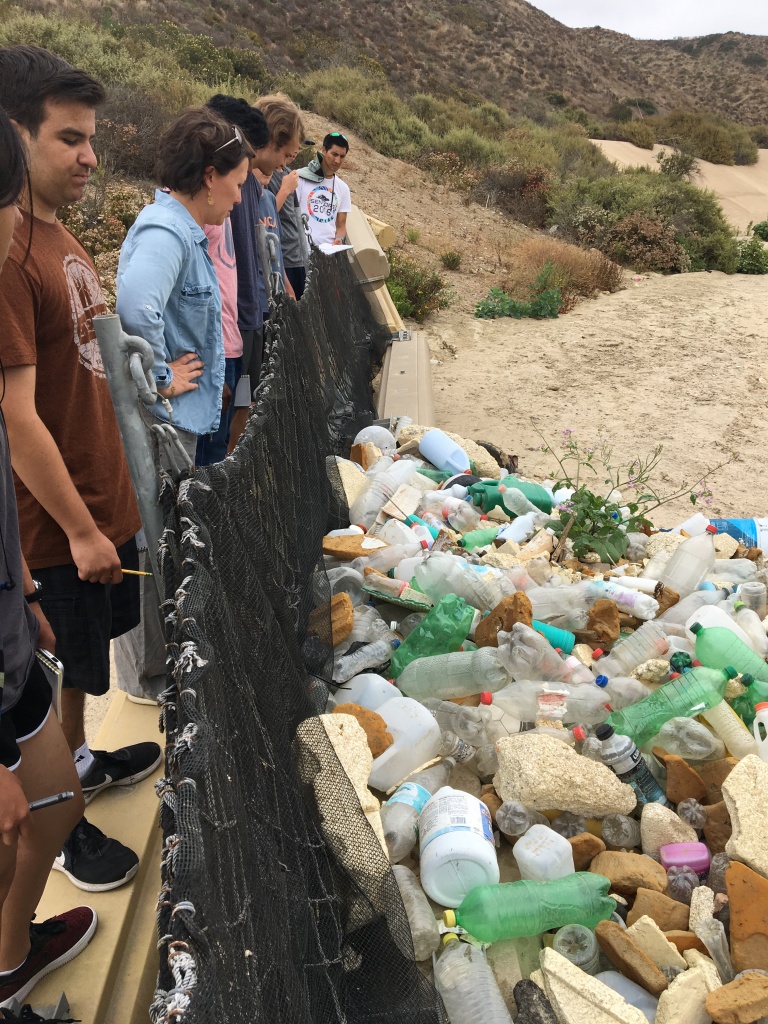
The word binational also comes to mind when describing the estuary since the park is right up against the Mexico/US border. With border patrol scattered about and helicopters passing every five minutes, it’s hard to forget that this is still a common place for immigrants to cross the border.
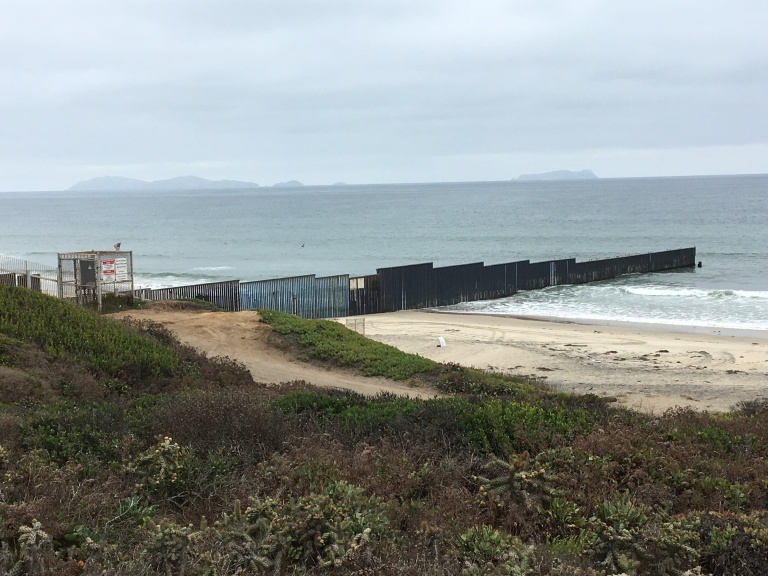
But animals don’t pay any mind to these man-made barriers or the proposition to build a massive, dividing wall between the two countries. Today, the class didn’t just study marine biology or how the ocean worked; they learned how politics have different effects on the environment and these ocean habitats.
